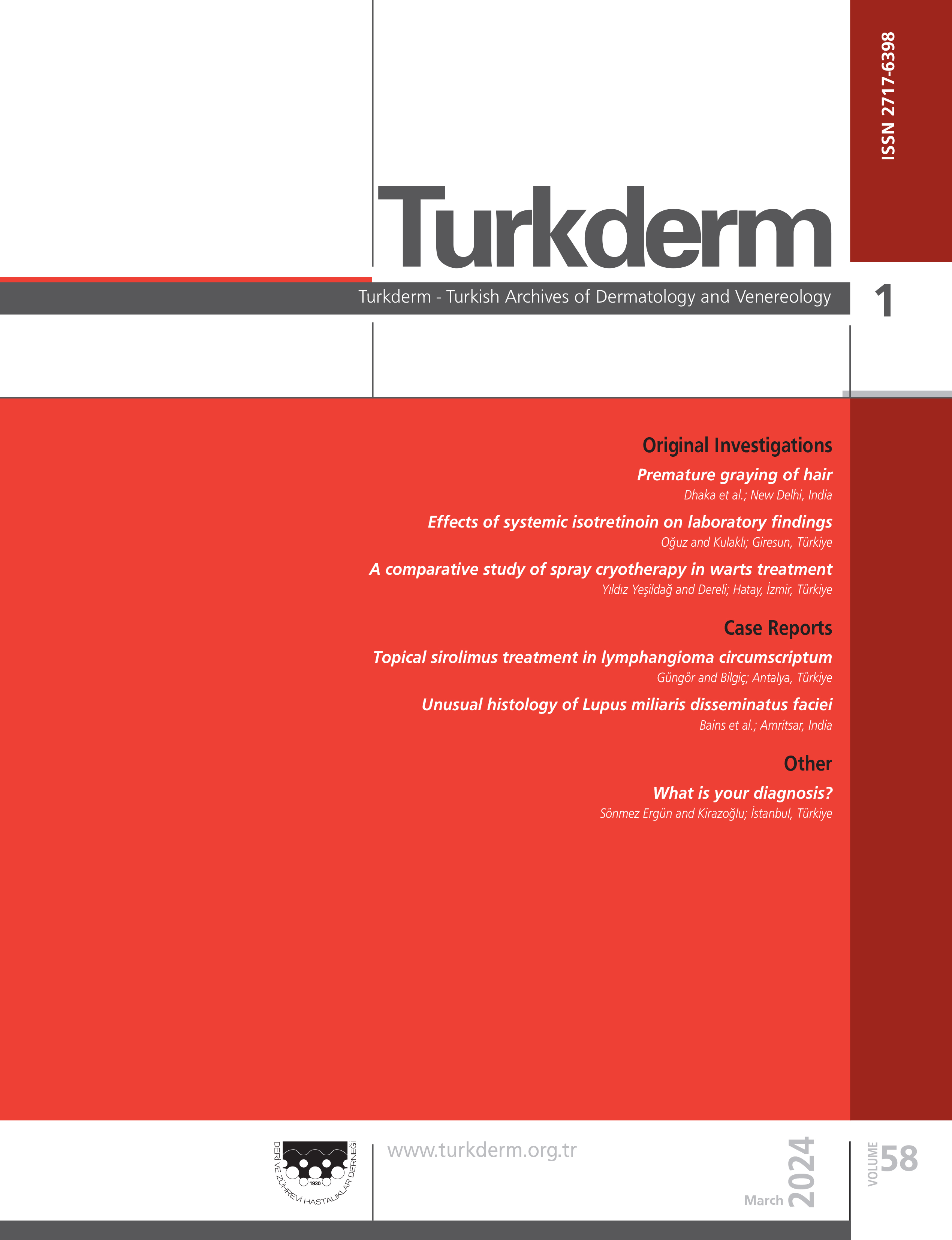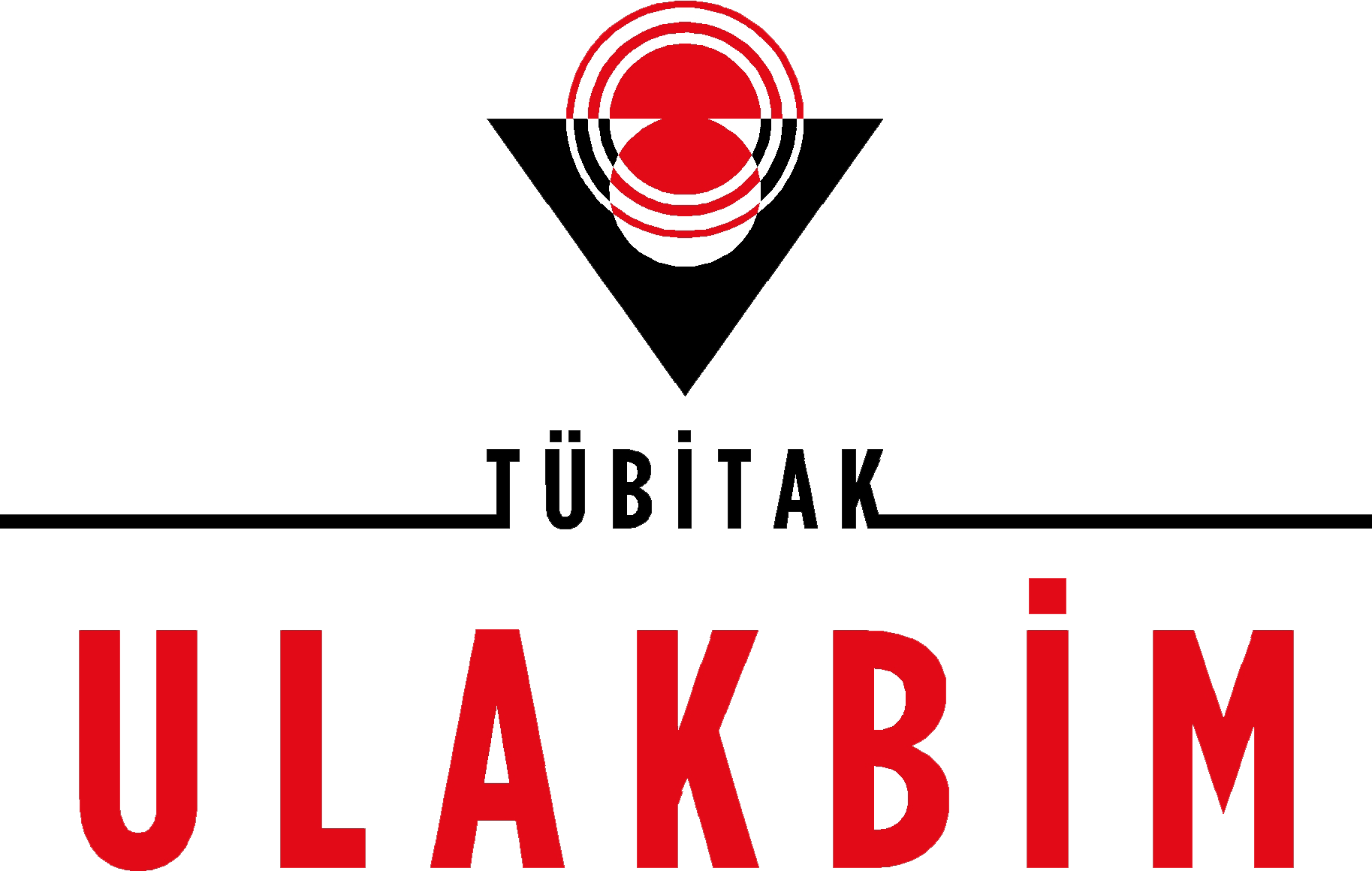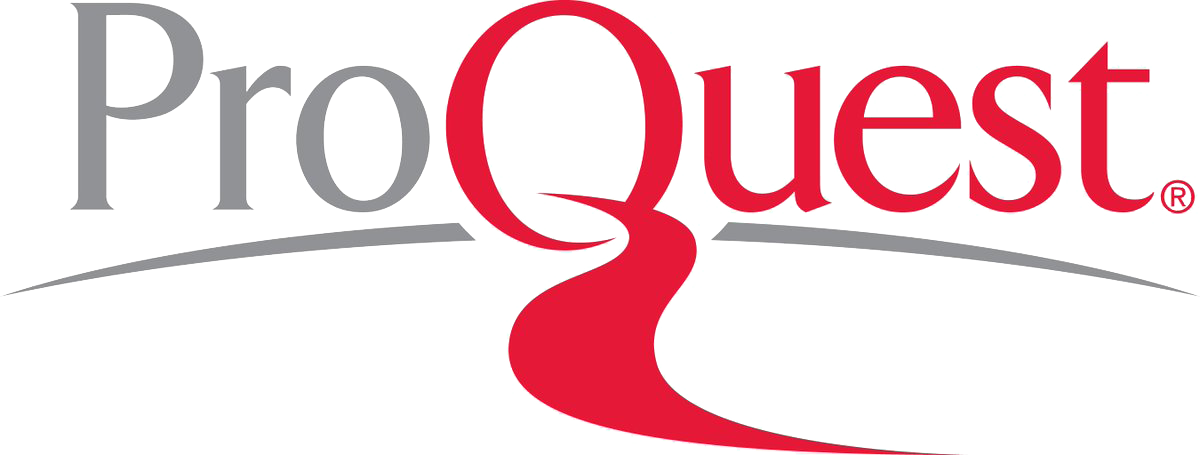The place of molecular methods in the identification of dermatophytes and the determination of their feasibility
Fatma Bıyık1, Yvonne Gräser2, Serdar Susever1, Güzin Özarmağan3, Yıldız Yeğenoğlu11Medical Faculty Of Istanbul, Department Of Medical Microbiology, Istanbul, Turkey2Institut Für Mikrobiologie Und Hygiene Der Humboldt Universität Berlin, Germany
3Medical Faculty Of Istanbul, Department Of Dermatology, Istanbul, Turkey
Background and Design: Unlike opportunistic fungi, dermatophytes cannot be isolated on the conventional culture media in a few days. Their growing periods cover approximately two weeks in a suitable media and identification are made with conventional methods as typical macroscopic and microscopic appearance. However, successful results are not always obtained with the phenotypic features, and thus, diagnostic problems and delay in diagnosis and treatment may arise. For this reason, the methods based on nucleic acid amplification have been necessary. In this study, we aimed to identify 56 dermatophytes strains, which were identified by conventional methods, by molecular methods and to investigate the correlation between the two methods and to determine the usability of molecular methods in routine laboratories.
Materials and Methods: Several clinical samples of 270 patients with suspected dermatophytoses (hair+scalp, skin and nail scrapings) were examined by conventional methods; Sabouraud dextrose agar, corn meal agar and potato dextrose agar were used for isolation. In case of necessity to hydrolyze urea, to be used different vitamins in Trichophyton agar media were investigated. Polymerase chain reaction (PCR) and sequence analyses were done for the molecular diagnosis.
Results: Using conventional methods, 37 strains (66,1%) were identified as Trichophyton(T) rubrum, four (7.1%) - T.mentagrophytes, four (7.1%) - T.tonsurans, one (1.8%) - T.violaceum, eight (14.3%) - Trichophyton spp., one (1.8%) - Microsporum(M) canis, and one (1.8%) - Microsporum spp. According to the molecular and sequence analyses results (T1PCR, 25GAPCR, ITSPCR-RFLP and sequence analyses), 41 (73.8%) strains were identified as T.rubrum, 10 (17.8%) - T.interdigitale, one (1.8%) - T. violaceum, two (3.6%) - M. canis, one (1.8%) - Peacilomyces lilacinus, and one (1,8%) - Aspergillus fumigatus.
Discussion: This study suggests that, molecular methods offer fast and reliable results in identification of dermatophytes.
Dermatofitlerin identifikasyonunda moleküler yöntemlerin yeri ve uygulanabilirliğinin belirlenmesi
Fatma Bıyık1, Yvonne Gräser2, Serdar Susever1, Güzin Özarmağan3, Yıldız Yeğenoğlu11İstanbul Üniversitesi İstanbul Tıp Fakültesi, Tıbbi Mikrobiyoloji Anabilim Dalı, İstanbul, Türkiye2Humboldt Universitesi, Mikrobiyoloji Ve Hijyen Enstitüsü, Berlin, Almanya
3İstanbul Üniversitesi İstanbul Tıp Fakültesi, Deri Ve Zührevi Hastalıklar Anabilim Dalı, İstanbul, Türkiye
Amaç: Dermatofitler geleneksel izolasyon besiyerlerinde fırsatçı mantarlar gibi birkaç günde izole edilemezler. Uygun ortamda üreme süreleri yaklaşık olarak iki haftayı kapsar ve identifikasyonunda tipik makroskopik, mikroskopik özellikler ve biyokimyasal testler gibi geleneksel yöntemlerden yararlanılır. Ancak fenotipik özellikler ile her zaman başarılı sonuçların alınamayışı, bu nedenle tanı ve tedavide oluşabilecek gecikme ve sorunlar, nükleik asit amplifikasyon temeline dayalı yöntemlerden yararlanmayı gerekli kılmıştır. Bu çalışmada geleneksel yöntemler ile identifikasyonu yapılan 56 dermatofit suşunun moleküler yöntemlerle de identifiye edilerek her iki yöntemin birbirleriyle uyum derecelerinin araştırılması ve moleküler yöntemlerin rutin laboratuvarlarda kullanılabilirliklerinin belirlenmesi amaçlanmıştır.
Gereç ve Yöntemler: Dermatofitoz ön tanılı 270 hastanın çeşitli klinik örnekleri (saç+saçlı deri, deri ve tırnak kazıntısı) öncelikle geleneksel yöntemlerle incelenmiş; Sabouraud dekstroz agar, mısır unlu agar ve patates dekstroz agar besiyerleri izolasyon amacı ile kullanılmıştır. Gerektiğinde üreyi hidrolize etme, Trichophyton agar besiyerlerindeki çeşitli vitaminleri kullanabilme özellikleri araştırılmıştır. Moleküler tanı amacı ile polimeraz zincir reaksiyonu (PCR) ve sekans analizi yapılmıştır.
Bulgular: Geleneksel yöntemler ile suşların 37 (%66,1)sinin Trichophyton (T) rubrum, dördünün (%7,1) T. mentagrophytes, dördünün (%7,1) T. tonsurans, birinin (%1,8) T. violaceum, sekizinin (%14,3) Trichophyton cinsinden, birinin (%1,8) Microsporum(M) canis, birinin (%1,8) Microsporum cinsinden olduğu saptanmıştır.Moleküler (T1 PCR, 25 GA PCR, ITS PCR-RFLP ve sekans analizi) identifikasyon sonuçlarına göre ise 41 suş (%73,2) T. rubrum, 10 suş (%17,8) T. interdigitale, bir suş (%1,8) T. violaceum, iki suş (%3,6) M. canis, bir suş (%1,8) Peacilomyces lilacinus, bir suş (%1,8) Aspergillus fumigatus olarak belirlenmiştir.
Sonuç: Çalışmanın sonuçları identifikasyonlarında zorluk çekilen dermatofitlerin cins ve tür düzeyinde tanımlanmasında moleküler yöntemler ile hızlı ve güvenilir sonuçlar alındığını göstermiştir.
Corresponding Author: Serdar Susever, Türkiye
Manuscript Language: Turkish






















